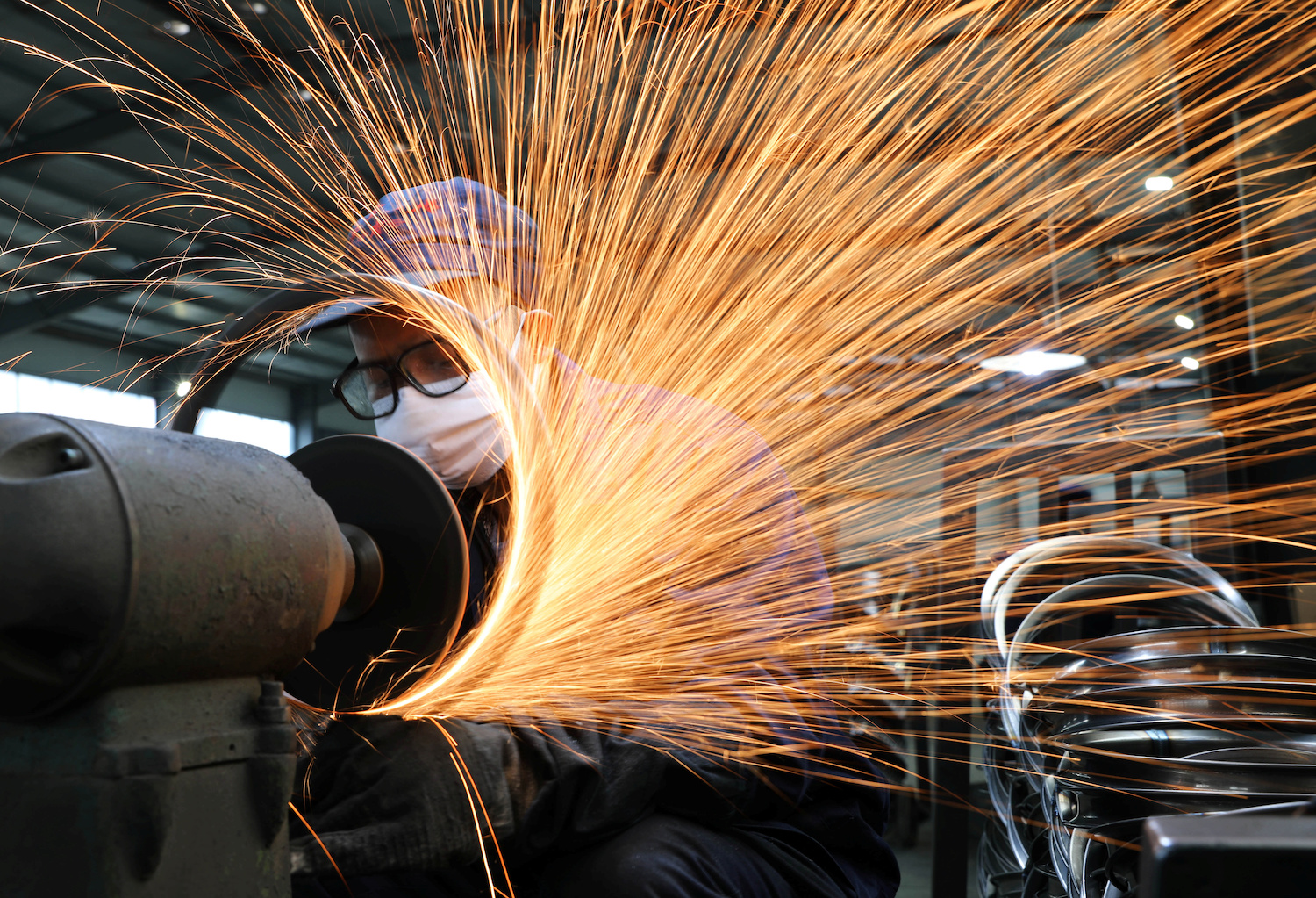(ATF) China’s strong services data and expansionary manufacturing numbers in August released on Monday indicated the world’s second largest economy continues to recover from the coronavirus pandemic blow.
The official manufacturing Purchasing Manager’s Index (PMI) for August was recorded at 51, still above the 50-mark that implies growth although it was slightly below July’s figure of 51.1, according to the National Bureau of Statistics.
Although it was below market expectations of 51.2, the data showed the index has now registered expansionary prints for six consecutive months. The July-August data is higher than the Q2 average of 50.8, and is the second highest this year, just behind the strong post-lockdown rebound in March.
“China’s manufacturing PMI suggests sustained recovery momentum into August, led by demand-side indices, including new export orders rising to a new high for this year,” Barclays economists Eric Zhu and Yingke Zhou said in a note.
“The healthy PMI, in line with steady high-frequency indicators like manufacturing operation rates and improving regional trade reflected in data from Korea and Vietnam, suggests sustained recovery momentum into August.”
Weakness in production and raw materials sub-indices, which fell to 53.5 and 47.3 in August, from 54.0 and 47.9 in the previous month was the main reason behind the dip in manufacturing PMI.
The official non-manufacturing PMI, which includes services and construction sectors, rose to 55.2 from 54.2 in July, the NBS survey showed, following more reopening and no local infections reported since mid-August.
“The key driver was stronger services activity led by accommodation, travel, catering and leisure,” Morgan Stanley analysts said in a note, referring to the 1.2 percentage point rise to 54.3.
“This is in line with trends in high frequency indicators, which show that most services activities – from restaurants and air travel for domestic vacations to duty-free shopping and movie box office – have largely returned to year-start levels in the month, outweighing slightly weaker construction activity, which is down 0.3ppt to 60.2.”
Capital Economics senior China economist Julian Evans-Pritchard said the services sector uptick suggested an encouraging broadening out of the recovery.
“This is consistent with our view that an investment-led rebound would eventually also shore up consumer sentiment and household spending, keeping the overall economic recovery on track.”
RETURN TO GROWTH
The world’s second-biggest economy has largely managed to bounce back from the health crisis, though intensifying Sino-US tensions over a range of issues and the global demand outlook remain a risk factor.
China’s vast industrial sector is reportedly returning to the levels before the pandemic paralysed huge swathes of the economy, as pent-up demand, stimulus-driven infrastructure expansion and surprisingly resilient exports propel a recovery, although the recovery remains uneven.
Investment bank HSBC expects China’s economy will grow by 5.4% in the third quarter year-on-year, followed by a 6.2% expansion in the fourth quarter, returning China’s growth to pre-Covid levels.
Economic indicators ranging from trade to producer prices all suggest a further pickup in the industrial sector. Profits at China’s industrial firms last month grew at the fastest pace since June 2018, data showed on Thursday.
But some analysts fear that the recovery could stall, hurt by rising tensions between Beijing and Washington as another wave of local infections returns in the winter. Moreover, the continued rise in the number of Covid-19 cases across many countries, led by India and the United States, remain a risk to the outlook.
China’s economy, which grew at 3.2% in the second quarter year-on-year, is set to expand 2.2% this year – the weakest in over three decades.
A sub-index for the activity of small firms stood, however, at 47.7 in August, down from July’s 48.6, with over half of them reporting a lack of market demand and more than 40% of them reporting financial strains, Zhao Qinghe, a senior statistician with the NBS, said in a separate statement.
“In addition, some companies in Chongqing and Sichuan reported an impact from the heavy rains and floods, resulting in a prolonged procurement cycle for raw materials, reduced orders and a pullback in factory production.”
The official PMI, which largely focuses on big and state-owned firms, also showed the sub-index for new export orders stood at 49.1 in August, improving from 48.4 a month earlier and suggesting a bottoming out in the contractionary trend after the Covid hit.
“The growth engine is now clear. Overseas demand will only pick up slowly and travel restrictions will only be relaxed if Covid-19 cases subside overseas. Until then China will rely more on its own for economic growth,” Iris Pang, Greater China chief economist at ING, said.
(Additional Reporting by Stella Qiu and Ryan Woo of Reuters News)






















